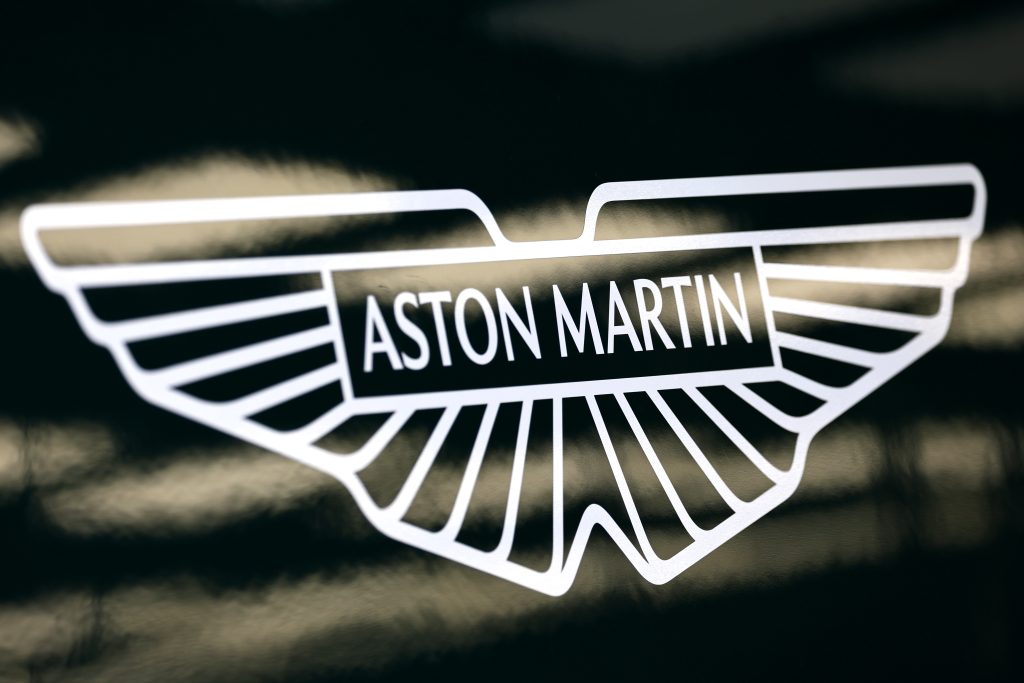

As part of a major overhaul of the facilities at Aston’s Silverstone headquarters that saw it move into a new factory in 2023, the fact the team will use its own wind tunnel for the first time in its history through its many guises will represent “a big change and make a huge positive difference”, according to Fallows.
For years, the team has used Mercedes’ wind tunnel at Brackley, but as part of its break away from its reliance on its F1 rival – it will use Honda power units in 2026 – the construction of its own wind tunnel will play a major role in its bid to become F1 champions.
After previously working at Red Bull that ran its own wind tunnel facility, before moving to Aston and its shared use with Mercedes, Fallows is able to recognise the significant differences involved.
Speaking to Speedcafe, he said: “Having been in an environment where you have that flexibility (with your own wind tunnel), and then having to share a wind tunnel with somebody else, even though it’s a very good facility, it gives you so much more ability to do research projects around your normal wind tunnel development programme.
“It’s particularly relevant for understanding the aerodynamics of new cars, so, for example, when we go into the 2026 regulations, with them being very new, it will play an enormous part in that.
“So it’s very exciting for us because there are a lot of projects that we’d like to be able to do, but we don’t have the time to do them in the (Mercedes) wind tunnel.
“I’ve got R&D departments absolutely champing at the bit to get into this new tunnel. The thing is, are there going to be enough hours in the week to do all these projects?
“Even so, it’ll be a big step forward for us.”
The new wind tunnel is due to go online in the third quarter of this year, around the time of the August summer break, although Fallows feels it will not be until “towards the end of the year” that the facility “should be up and running”.
He added: “Inevitably, with some of these things, they need commissioning. We have to make sure it’s absolutely right for us to be able to run our normal development programme.
“So we will be focused on making sure that absolutely everything is ready to go.
“We’ve got some interesting technology going into that tunnel, and we need to make sure that’s all up and running before we get in there.
“But as soon as we’re happy that it’s operating at the right spec then we’ll move our main development programme in there.”
Whilst the new wind tunnel will play a major role in the development of the car for 2026, when new power unit regulations come into force that will significantly affect the aerodynamics, there will also be “quite wide-ranging” long-term benefits.
Fallows said: “It’s not necessarily for one car year or the next, it’s really for our development as an aero department, in particular, in terms of the understanding of the tools and so on.
“Absolutely, the sooner we can get in there, the better, but the benefits will be a multi-year thing, rather than just one car.”




















Discussion about this post